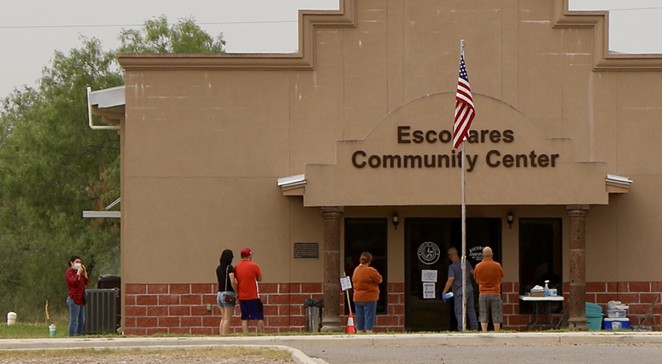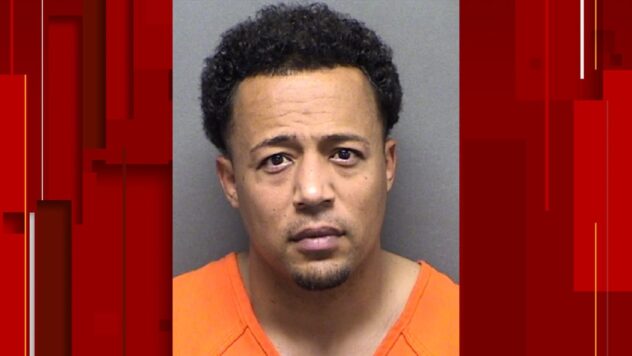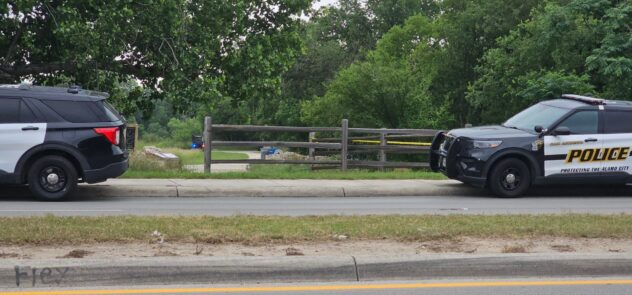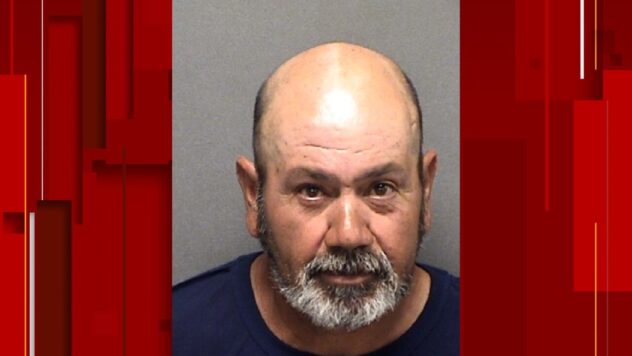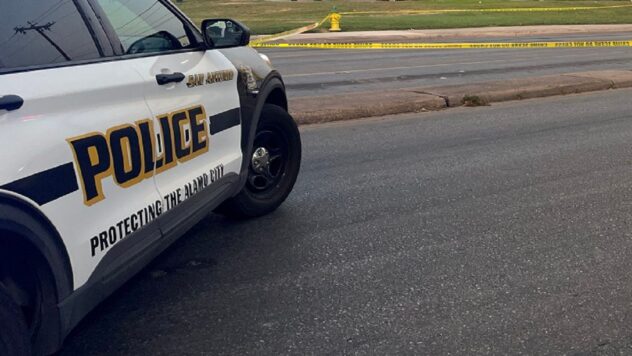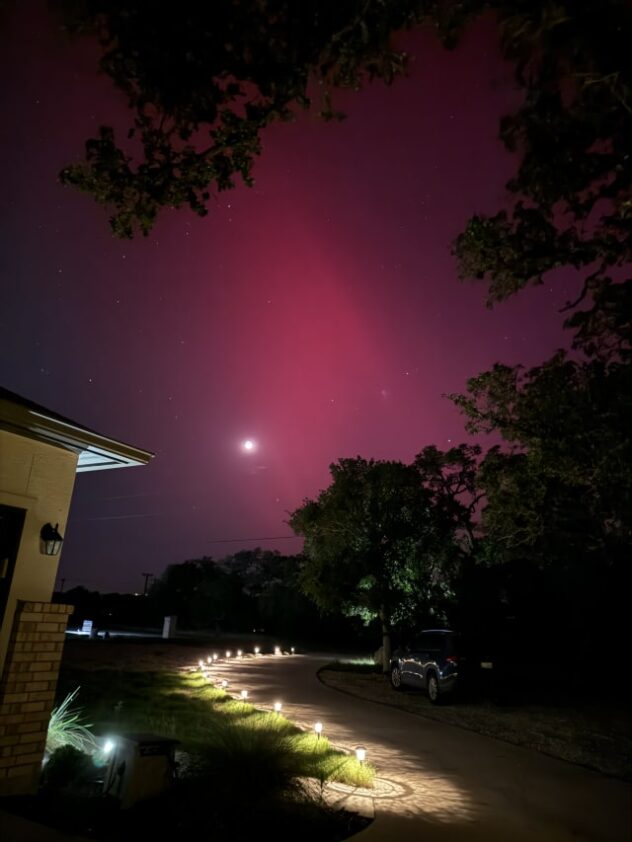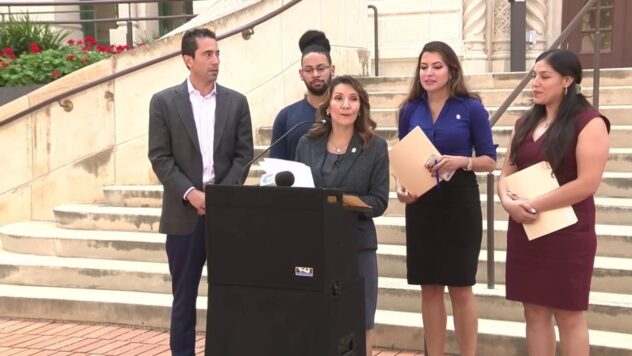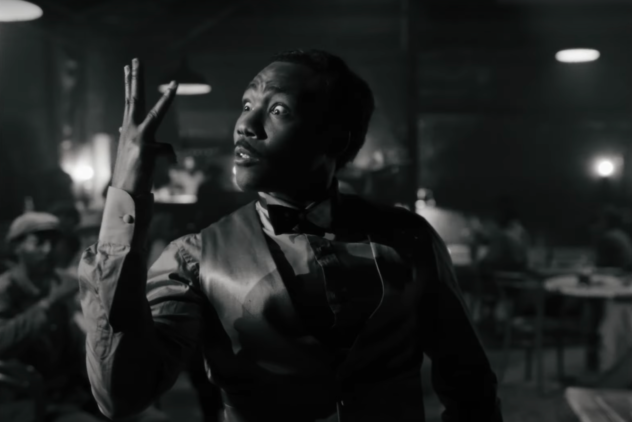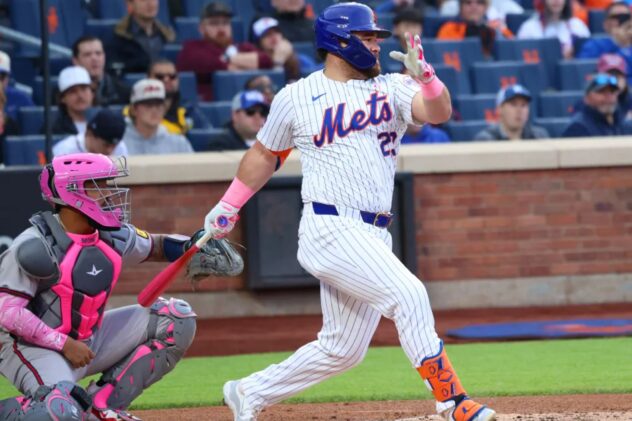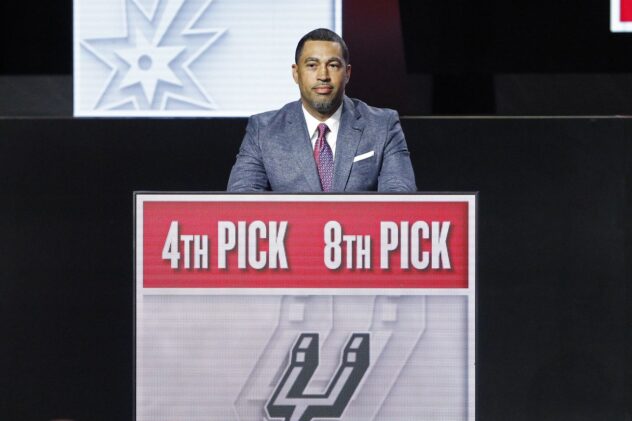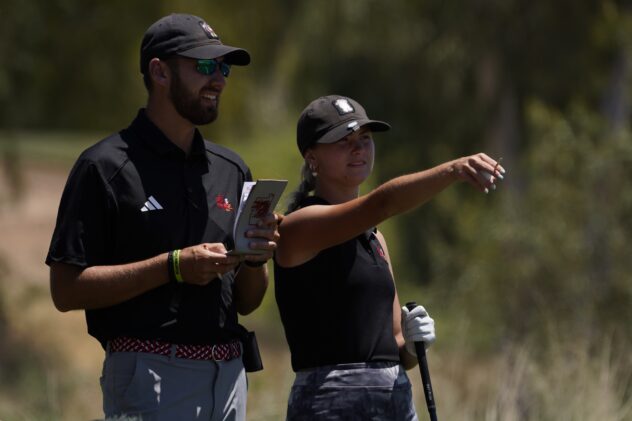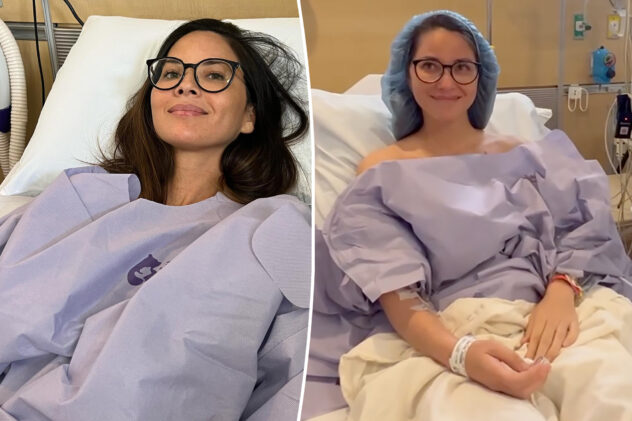Doctors Fight an Uphill Battle as COVID-19 Cases Overwhelm the Rio Grande Valley
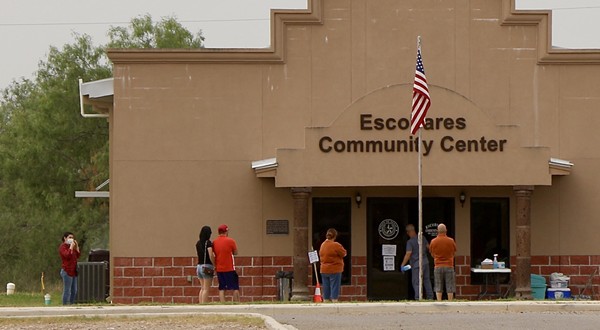
Texas’ haste to reopen from the coronavirus quarantine has led to spiraling hospitalizations and deaths. And perhaps no part of the state has been hurt more by that decision than the lower Rio Grande Valley.
As cases snowballed across the state in a surge that’s making national headlines, health care providers in the poor, largely Hispanic Valley are being overwhelmed by a wave of cases similar to those experienced in China, Italy and New York City.
“I never thought I’d see so many patients,” Dr. Joseph Pean, a critical care physician at told the Current on July 20. “We are at 105 patients as of yesterday, 21 intubated, 50 are crashing, which means they are going downhill. They are dying.”
Pean said he’s exhausted after his 12-hour shifts and hasn’t even had time to process the amount of suffering and death he’s seen.
“You have to keep going,” he said. “You can’t stop to rationalize what is happening.”
Beginnings of a Surge
Three weeks ago, before the massive surge, Dr. Harold Pean — an internist in private practice in McAllen and brother to Dr. Joseph Pean — described what he saw as the beginnings of the spike that’s now crippling the region’s healthcare system.
“The people are freaking out. We have a lot of positive cases,” he said. “There is a line outside my office waiting to be tested. I have 18 cases that are pending, because it is taking longer to get results. Before it took two to three days, now it’s almost 10 days for results.”
Indeed, on the morning of June 27, upwards of 200 people waited in vehicles to get tested at a site in the town of Escobares, a few miles from the border. A police officer, who declined to give his name, said the traffic flow was nonstop since the National Guard opened the site.
That same day, Dr. Javier Margo, a family doctor working in the emergency room at Starr County Memorial Hospital in Rio Grande City discussed his concerns about the growing number of COVID-19 cases.
“You’re a little anxious, but you want to treat them like everyone else,” he said in a conference room next to the ER three days after he treated his first confirmed case.
Margo was wearing the hospital’s best protective equipment: an N95 mask with both another mask and a face shield over it. The second mask helps preserve the N95 a little longer, he said. He also wore a gown, gloves and a protective hat for protection, and he takes showers before and after shifts.
His first COVID case was a healthy person with mild symptoms. The doctor sent the patient home to rest, drink fluids and self-isolate.
“The best treatment for mild cases is to stay home,” he said. “As long as they can keep fluids down, they can do it at home.”
Fighting to Keep People Alive
The scene at Starr Memorial is different now. Rather than feeling anxious, Margo said he’s lucky to keep his head above water.
“The days feel longer,” he said over the phone. “You’re dealing with intubated patients. Two or three are dying a day. They basically come in dead. We are so full we had eight, 10 people in the ER because we don’t have beds upstairs. The four ambulances outside are full of COVID, or likely COVID, just waiting for space in the ER.
“We’re just trying to keep people alive. It’s scary. We are getting all ages coming in, 20 years old, 30 years old. When someone dies or we can transfer them, the bed [upstairs] gets filled immediately.”
So far, none of the medical professionals have become sick at Starr hospital, Margo said. Fortunately, reinforcements arrived in the form of a group of Navy personnel, including two doctors, and the state also sent additional personnel to back up the physicians and nurses.
Margo called the help a “godsend.” Even so, he added, “once you max out what you can do, it’s really frustrating. The hospitals in the Valley are supersaturated, so we’re sending patients to San Antonio, Lubbock and New Mexico.”
And the experiences of medical professionals such as Margo may not fully convey the scope of the tragedy gripping South Texas. Harold Pean worries that many people sick with COVID-19 are avoiding the hospitals because of reports that they’re full.
“They think they will be forgotten at the hospital,” he said. “It would be worthwhile to close everything for a lockdown for a couple of weeks to control the situation.”
Stay on top of San Antonio news and views. Sign up for our Weekly Headlines Newsletter.

